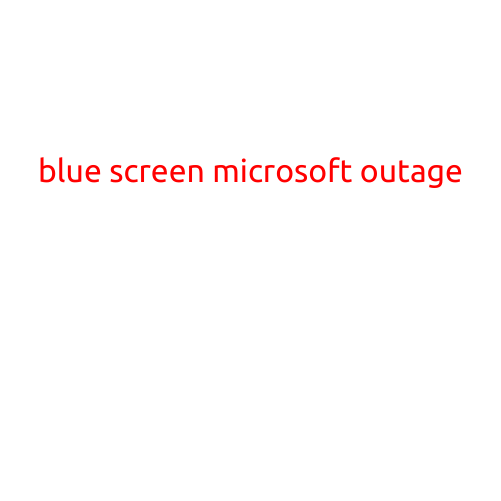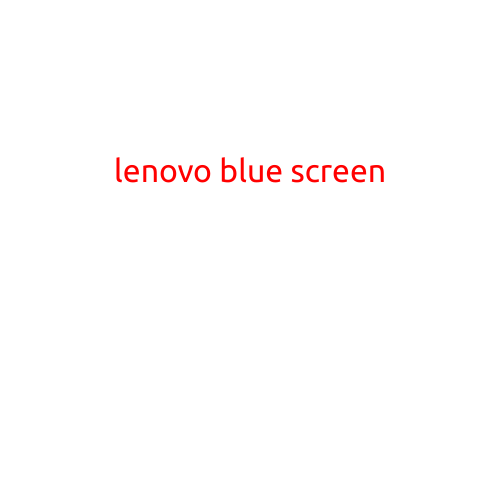
The Blue Screen of Death: A Relic of the Past or a Persistent Pest?
Mashable
The Blue Screen of Death (BSoD) - a phrase that sends shivers down the spines of tech enthusiasts and Windows users alike. For decades, the blue screen has been a symbol of frustration and despair, a harbinger of doom that signals the impending shutdown of your computer. But is it still a relevant concern in today’s tech-savvy world, or has it become a relic of the past, a nostalgic reminder of the early days of personal computing?
A Brief History of the Blue Screen of Death
The BSoD has its roots in the early days of Windows, when the operating system was still a fledgling technology. In the 1980s and 1990s, Windows was prone to crashes and lockups, often resulting in the infamous blue screen. The Blue Screen of Death was first introduced in Windows 3.0, released in 1990, and quickly became a ubiquitous part of the computing experience.
The Blue Screen’s heyday was in the late 1990s and early 2000s, when Windows 95 and Windows 98 were the dominant operating systems. The BSoD was a regular occurrence, often caused by overheating, driver errors, or corrupted system files. The screen’s eerie blue glow would flash on the monitor, accompanied by a cryptic error message that sent users scurrying for the manual or a quick Google search.
But as Windows evolved and matured, so did its reliability. With the release of Windows XP in 2001, the BSoD became less frequent, and with the advent of Windows 7 and 10, it became a relatively rare occurrence.
Why the Blue Screen of Death Matters
So, why should you still care about the Blue Screen of Death, a relic of the past that’s largely been relegated to nostalgia? For one, the BSoD is still a relevant issue for many users, particularly those who rely on older hardware or are still running outdated operating systems.
Additionally, the Blue Screen of Death serves as a reminder of the fragility of our digital lives. In an era where our devices are increasingly integrated into our daily routines, a Blue Screen can be a significant disruption, causing data loss, missed deadlines, and wasted productivity.
Beyond the practical implications, the Blue Screen of Death also holds historical significance. It’s a symbol of the early days of computing, when errors and crashes were a regular occurrence. The BSoD is a reminder of our progress, a testament to the advancements we’ve made in computing technology.
Conclusion
The Blue Screen of Death may not be the ubiquitous menace it once was, but it’s still a relevant concern for many users. While it may have become a relic of the past, it’s a reminder of our computing heritage and a testament to the resilience of our devices.
As we move forward in an increasingly digital world, it’s essential to remember the Blue Screen of Death not as a relic of the past, but as a reminder of the importance of perseverance, adaptation, and innovation.
In a world where errors and crashes are still a part of our computing experience, the Blue Screen of Death will always remain a relevant conversation starter, a nostalgic reminder of the early days of personal computing, and a symbol of our ongoing quest for technological advancement.
What’s your experience with the Blue Screen of Death? Share your stories and tips in the comments below!





